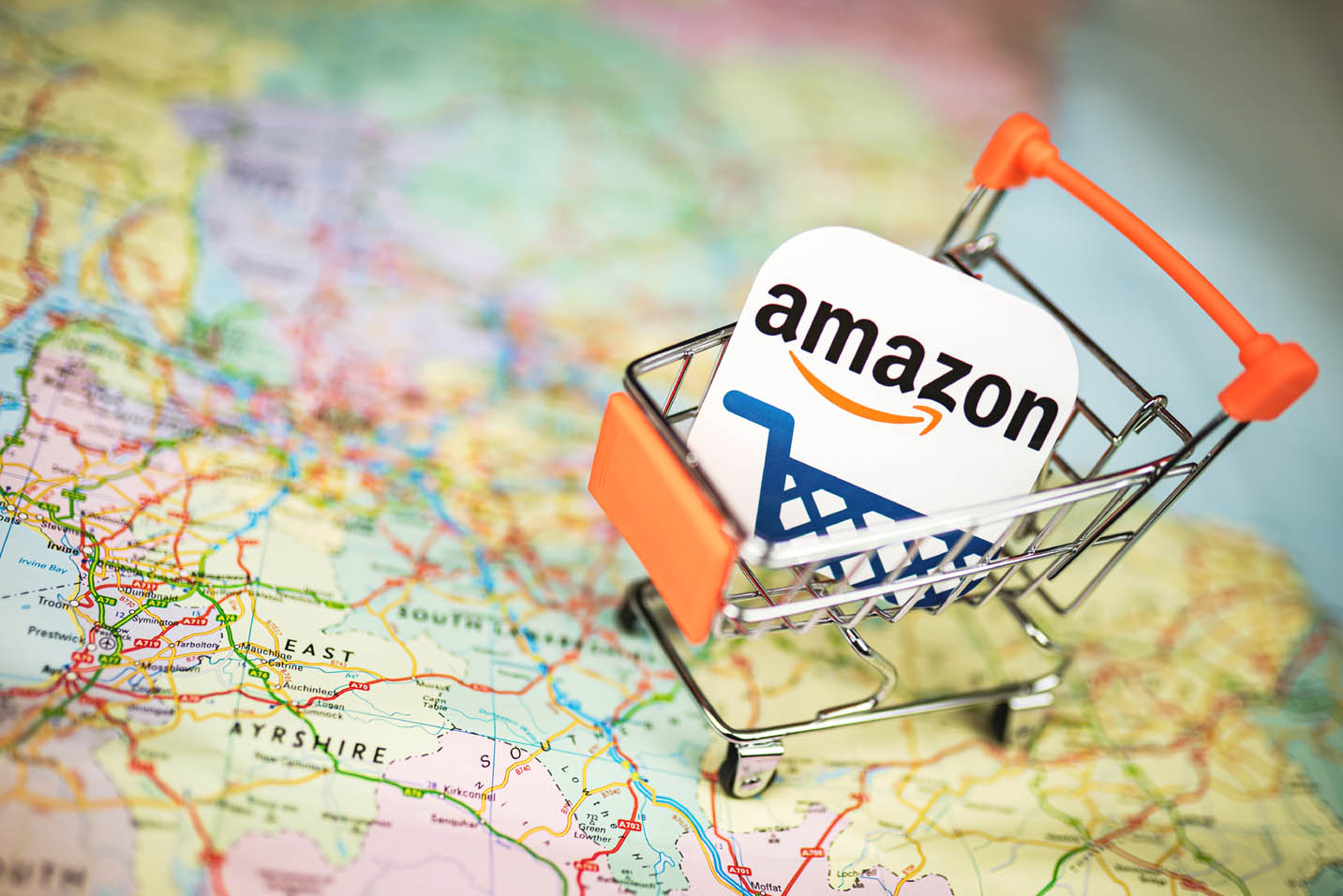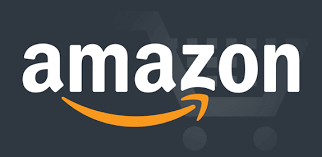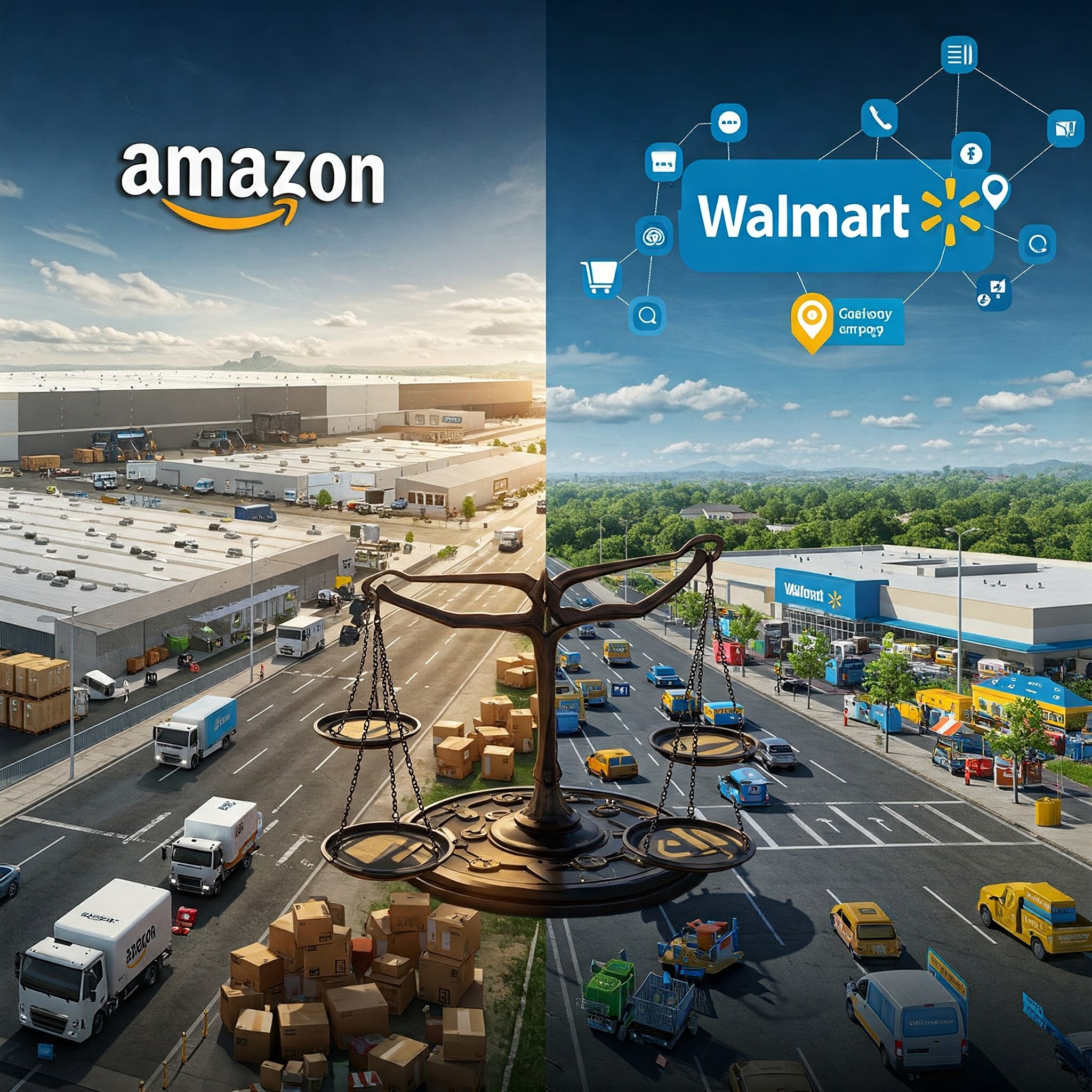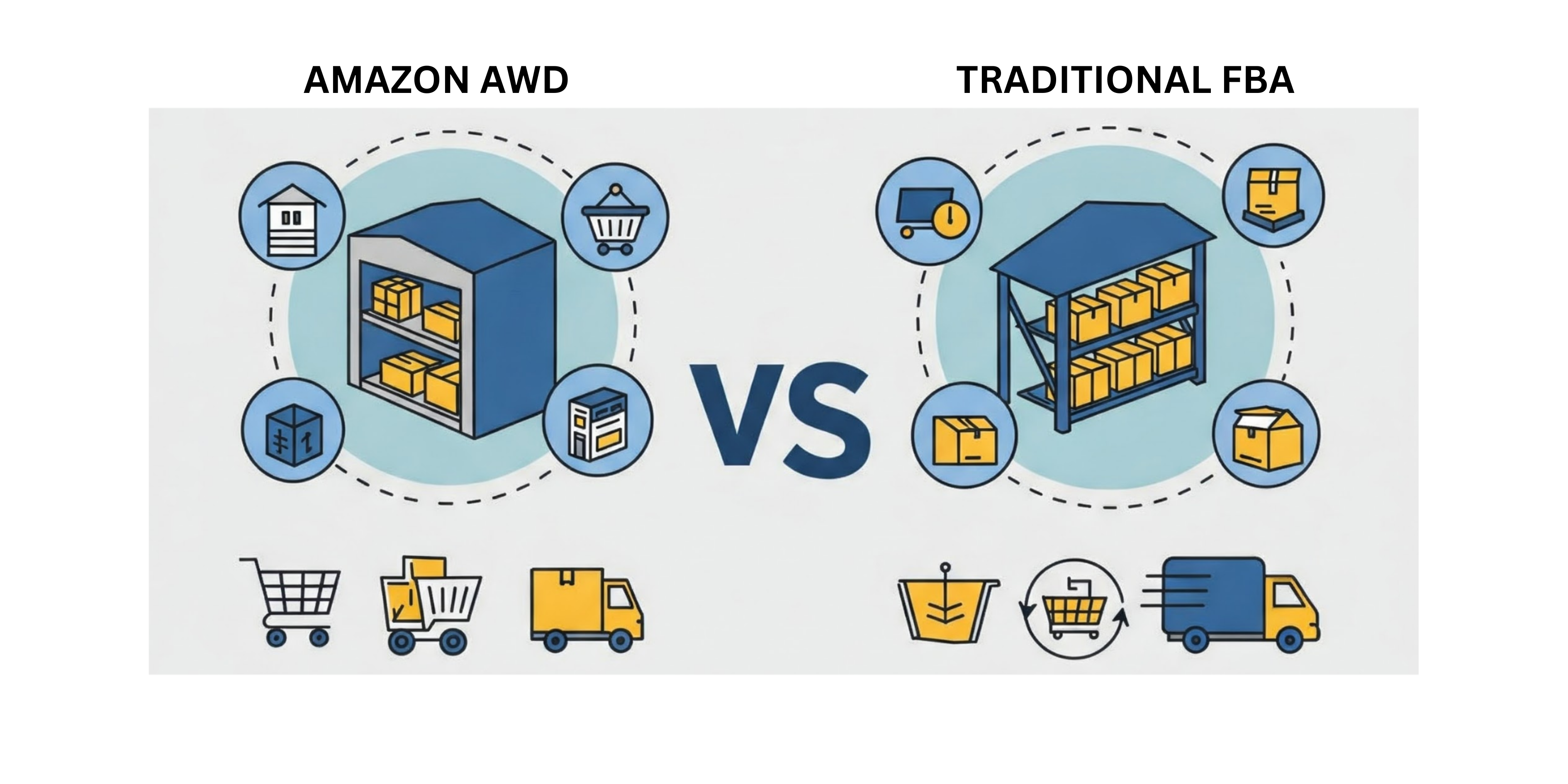Amazon Selling Programs Defined
AMAZON VENDOR CENTRAL
1P: Sell first-party, wholesale, directly to Amazon Retail, using the Vendor Central interface.
AMAZON SELLER CENTRAL
3P: Sell third-party to consumers through the Amazon marketplace, using the Seller Central interface (whether the brand sets up own 3P seller account, or works with partner 3P sellers focused on the brand).
AMAZON FBA
You sell it, we ship it. Amazon has created one of the most advanced fulfillment networks in the world, and your business can benefit from our expertise. With Fulfillment by Amazon (FBA), you store your products in Amazon’s fulfillment centers, and we pick, pack, ship, and provide customer service for these products.(Amazon)
Amazon Seller Trends
We have noticed a growing trend of brands wanting more control while selling on Amazon. More and more brands are setting up their own third-party seller accounts, or seeking out companies to move them away from Amazon Vendor Central and onto Amazon Seller Central.
In this blog post, we will discuss both the positive and negative aspects of both Amazon selling platforms. We will also outline any potential pitfalls.
Control of Your Brand on Amazon
AMAZON VENDOR CENTRAL (1P)
As a wholesaler to Amazon Retail, a brand owner can list their products accurately and completely, and ensure that their products are represented in the fashion that they want. And if the brand is willing to pay Amazon Retail substantially for premium product detail page merchandising (called A+ detail pages), they can get superior embedded images and videos on its pages – features not currently available through third-party listings.
AMAZON SELLER CENTRAL (3P)
If working through a third-party seller or as a third-party seller themselves, the brand owner may have a slightly higher level of control over their brand (if they are proactive in submitting data), as they don’t have to deal with Amazon Retail deciding to alter the branded content for its own purposes (something that can be avoided if the brand owner submits data through the third-party Brand Registry program).
What Selling Program is better? Advantage: EVEN
Control Over Pricing on Amazon
AMAZON VENDOR CENTRAL (1P)
States that it will honor a brand owner’s MAP (minimum advertised price) policies. And yet, that is almost never true. Because Amazon Retail gives itself the “out” that it can match any other seller’s price (sellers on Amazon.com or other sales channels), it takes only one MAP violator anywhere for Amazon Retail to lower its prices and break MAP. Once the price erosion starts, it is very hard to get Amazon Retail back to MAP. And given that Amazon Retail’s long view means it is prepared to lose money on individual transactions, the price erosion often can go so far as to make the MAP price points meaningless as they are only intermittently followed on Amazon.
AMAZON SELLER CENTRAL (3P)
As a third-party seller, the brand owner has 100% control over the prices they charge. If the brand owner instead works closely with a trusted third-party seller, that control over pricing can be tight, as long as the third-party seller honors the policy.
What Selling Program is better? Advantage: Amazon Seller Central
Amazon Sales Velocity
AMAZON VENDOR CENTRAL (1P)
If there are already third-party sellers of the brand on Amazon, and now Amazon Retail starts carrying the product, then yes overall sales may grow but the majority of sales will shift almost completely away from existing third-party sales to Amazon Retail sales, where the brand owner has a lot less control over pricing. In these cases,, brand owners may also lose future margin percentages because they are forced to sell to Amazon at wholesale.
AMAZON SELLER CENTRAL (3P)
Third-party sellers who opt to use Amazon’s Fulfillment by Amazon (FBA) program, and price their products competitively can scale their sales more quickly and have complete control over their brands and pricing margins.
What Selling Program is better? Advantage: Amazon Seller Central
Amazon Customer Services/Support Service
AMAZON VENDOR CENTRAL (1P)
Support from Amazon Retail is basically non-existent , especially if you are not a huge national retail brand or distributor.
AMAZON SELLER CENTRAL (3P)
As a third-party seller, you have access to seller central support services. Support will answer general questions and help you fix problems with your listing, aid with inventory issues, account set up and payments.
What Selling Program is better? Advantage: Amazon Seller Central
Overall Amazon Selling Cost
AMAZON VENDOR CENTRAL (1P)
Amazon Retail will negotiate for the lowest possible wholesale pricing. They also will request a payment of 4-10% to help bolster start up efforts to sell your products. Typically, as sales increase, Amazon Retail might attempt to re-negotiate better wholesale pricing, or request more fees for marketing, advertising and support services.
AMAZON SELLER CENTRAL (3P)
Through the third-party channel, the commission fee that is due to Amazon is fixed by category as a percentage of the selling price (typically between 8%-20%). The rev-share is usually 15%. There are no additional rev-share fees. If the third-party seller is using Amazon’s FBA program, additional fulfillment costs are added to each shipped order. In conclusion, we give the advantage to third-party, as your overall rev-share is typically below 25%.
What Selling Program is better? Advantage: Amazon Seller Central
Overall Amazon Selling Margins
AMAZON VENDOR CENTRAL (1P)
If you opt to sell through Amazon Retail, you will produce typical wholesale margins.
AMAZON SELLER CENTRAL (3P)
If the Amazon seller opts to sell as a third-party seller, they can produce retail margins. However, the seller should expect to pay selling fees (8-15%) or potential FBA operational and fulfillment fees.
What Selling Program is better? Advantage: Amazon Seller Central
Amazon Marketing & Promotional Programs
AMAZON VENDOR CENTRAL (1P)
There are numerous marketing and merchandising options available through Amazon Retail than through the third-party platform. What types of programs? Creating a Store Page, A+ Detail Content, Vendor Powered Coupons, Headline Ads, and the Amazon Vine program.
AMAZON SELLER CENTRAL (3P)
Third-party sellers can create a pricing promotion through Sponsored Product Ads and Amazon Marketing Service programs can be used to drive awareness of third-party offers. However, compared to Amazon Retail, third party sellers just don’t have as many options.
What Selling Program is better? Advantage: Amazon Vendor Central
Staying in Stock while Selling on Amazon
AMAZON VENDOR CENTRAL (1P)
It’s quite common for Amazon Retail to not manage stock all the time, often unpredictably leading brands to have no product coverage. Amazon Retail often seeks to get the full catalog from a brand initially, but will slim down what it carries over time, though rarely will it notify the brand that Amazon Retail has chosen to stop carrying certain items.
AMAZON SELLER CENTRAL (3P)
Alternatively when a brand sells as a third-party seller themselves, the brand has complete control over when and what product is made available for sale on Amazon.
What Selling Program is better? Advantage: Amazon Seller Central
Overall Account Management
AMAZON VENDOR CENTRAL (1P)
When selling on Amazon Retail, you will need an account manager to oversee orders and log into the AVC interface to review the account and review the selling analytics. When logged into the Amazon Vendor Central interface, the account manager will be able to review inventory levels.
AMAZON SELLER CENTRAL (3P)
If selling as a third-party seller, and shipping directly from a warehouse, merchants should assume that dedicated staff will be needed to handle customer inquiries, process orders, inventory replenishment, pricing, and manage product feeds. Staying focused on your Amazon account is critical to keeping your Amazon Seller rating high, thus increasing your chances to score well in the Amazon algorithm.
**NOTE: if using Amazon FBA, third party sellers dramatically reduce the amount of effort in running their day to day Amazon operations. With Amazon FBA, Amazon handles shipping and customer disputes, including customer returns.
What Selling Program is better? Advantage: Slight advantage Amazon Vendor Central
Amazon Payments
AMAZON VENDOR CENTRAL (1P)
Amazon Retail typically offers 2% Net 30, Net 60, or Net 90 terms,
AMAZON SELLER CENTRAL (3P)
Third-party sellers are typically paid every 14 days or every 7 days if you are approved for 7 day payments.
What Selling Program is better? Advantage: Amazon Seller Central
Amazon International Selling
AMAZON VENDOR CENTRAL (1P)
If you sell to Amazon.com Retail, you will only be selling within the US and sold via Amazon.com. To sell on Amazon.ca or Amazon.com.mx, you must create separate vendor central accounts.
AMAZON SELLER CENTRAL (3P)
If you sell through a third-party account, (whether with FBA or merchant fulfilled orders), selling in Mexico and Canada is an option when you create a North American account. Likewise, merchants can sell in Europe if they create a unified European seller central account.
What Selling Program is better? Advantage: Amazon Seller Central
Amazon Reporting Capabilities
AMAZON VENDOR CENTRAL (1L)
Amazon Retail Analytics do cost extra but offer valuable insights – these analytic capabilities are not available to third-party sellers.
Amazon Seller Central (3PL)
Third-party Seller Central portal produces comprehensive reports, suitable and adequate enough to run your business.
What Selling Program is better? Tie
CHOOSE BETWEEN AMAZON VENDOR CENTRAL OR AMAZON SELLER CENTRAL: CHARLESTON SC, NORTH CHARLESTON SC, MYRTLE BEACH SC, COLUMBIA SC, CHARLOTTE NC, JACKSONVILLE FL, ATLANTA GA, RALEIGH NC, ATHENS GA, TAMPA FL, ORLANDO FL, BIRMINGHAM AL, RICHMOND VA, WASHINGTON DC, ASHEVILLE NC, GREENVILLE SC & SAVANNAH GA, NEW YORK CITY, BOSTON MA, PHILADELPHIA PA, WASHINGTON DC, CHICAGO IL, NEW ORLEANS LA, DENVER CO, AUSTIN TX, DALLAS TX, HOUSTON TX, SALT LAKE CITY UT, SAN DIEGO CA, LOS ANGELES CA, SAN FRANCISCO, CA, PORTLAND OR, SEATTLE WA, MIAMI FL, SAN ANTONIO TX, PHOENIX AZ
AMAZON VENDOR CENTRAL VS AMAZON SELLER CENTRAL – WHAT’S THE DIFFERENCE: ALABAMA, ALASKA,ARIZONA, ARKANSAS, CALIFORNIA, COLORADO, CONNECTICUT, DELAWARE, FLORIDA, GEORGIA, HAWAII, IDAHO, ILLINOIS, INDIANA, IOWA, KANSAS, KENTUCKY, LOUISIANA, MAINE, MARYLAND, MASSACHUSETTS, MICHIGAN, MINNESOTA, MISSISSIPPI, MISSOURI, MONTANA, NEBRASKA, NEVADA, NEW HAMPSHIRE, NEW JERSEY, NEW MEXICO, NEW YORK, NORTH CAROLINA, NORTH DAKOTA, OHIO, OKLAHOMA, OREGON, PENNSYLVANIA, RHODE ISLAND, SOUTH CAROLINA, SOUTH DAKOTA, TENNESSEE, TEXAS, UTAH, VERMONT, VIRGINIA, WASHINGTON, WEST VIRGINIA, WISCONSIN, WYOMING





